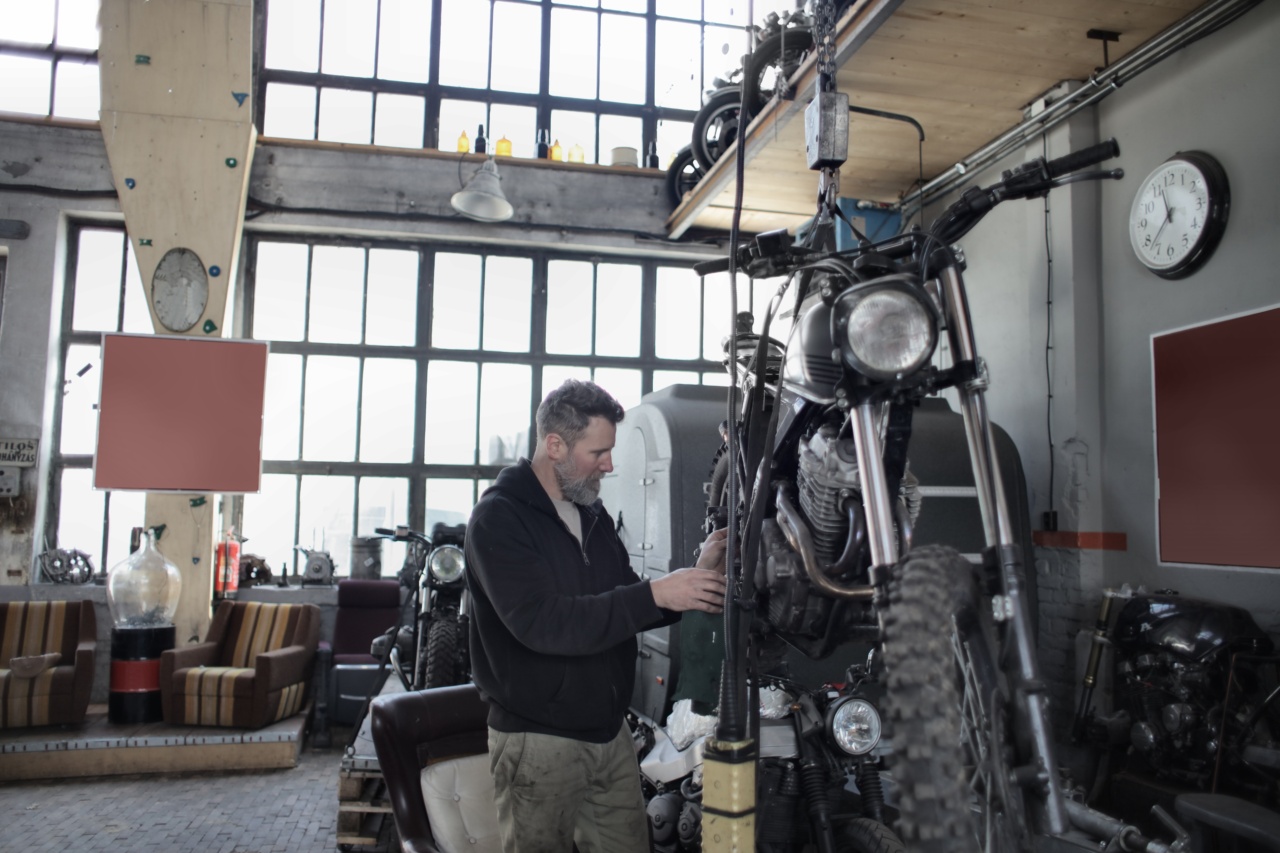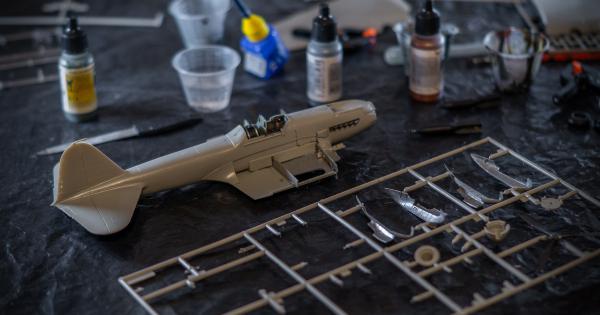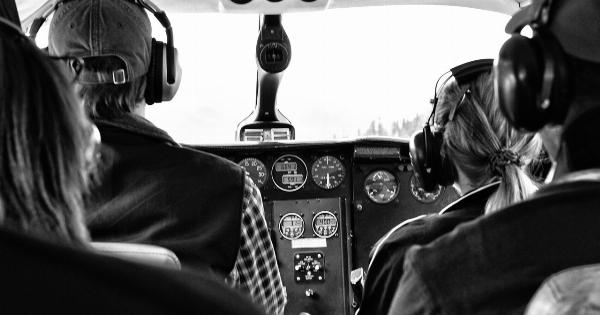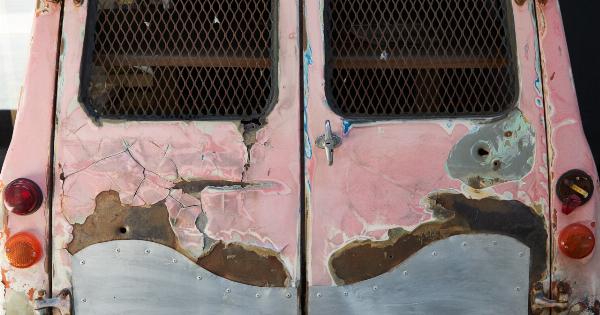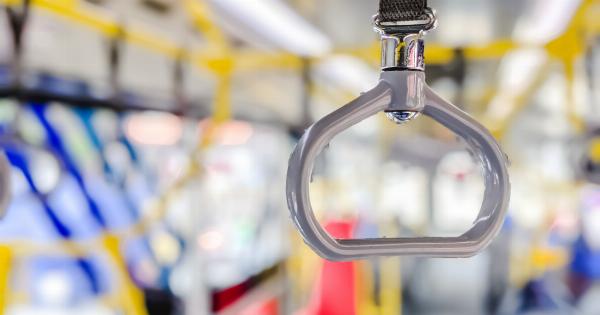It’s no secret that airplanes are breeding grounds for germs. With hundreds of passengers coming and going on the same vessel, it only takes one sick person to spread a virus or infection.
But where are the highest concentrations of germs on airplanes?.
1. Tray tables
According to a study by Travelmath, tray tables are the dirtiest surface on an airplane.
They found that tray tables contain an average of 2,155 colony-forming units (CFUs) of bacteria per square inch, which is eight times higher than the amount found on the lavatory flush button.
2. Seatbelt buckles
Seatbelt buckles also harbor a high concentration of germs. The same Travelmath study found an average of 230 CFUs of bacteria per square inch on seatbelt buckles.
3. Lavatory flush buttons
Lavatory flush buttons may not be as dirty as tray tables, but they still harbor a significant amount of bacteria. The same Travelmath study found an average of 265 CFUs of bacteria per square inch on lavatory flush buttons.
4. Seatback pockets
Seatback pockets may seem like a convenient place to store your belongings, but they’re also a breeding ground for germs. A study by Auburn University found that bacteria can survive on seatback pocket fabric for up to seven days.
This is because the fabric is rarely cleaned and can retain moisture, providing the perfect environment for bacteria to thrive.
5. Airplane blankets and pillows
Airplane blankets and pillows may seem like a luxury, but they’re also a source of germs. These items are often shared among passengers and are not always cleaned between flights.
A study by the Wall Street Journal found that airlines only clean their blankets and pillows every five to thirty days.
6. Airplane bathrooms
It’s no surprise that airplane bathrooms are a haven for germs. With so many people using them throughout a flight, it’s important to take precautions when using the bathroom.
Be sure to use a tissue or paper towel to touch surfaces and wash your hands thoroughly afterwards.
7. Air vents and overhead lights
Air vents and overhead lights may seem harmless, but they’re also a source of germs. These surfaces are rarely cleaned and can harbor bacteria and viruses.
Be sure to use a tissue or paper towel to adjust the air vents and avoid touching the overhead lights.
8. Armrests
Armrests may not seem like a particularly dirty surface, but they can harbor a significant amount of bacteria. The same Travelmath study found an average of 21 CFUs of bacteria per square inch on armrests.
9. Window shades
Window shades may also be a source of germs. A study by Auburn University found that bacteria can survive on window shade fabric for up to seven days.
This is because the fabric is rarely cleaned and can retain moisture, providing the perfect environment for bacteria to thrive.
10. Headrests
Headrests may not be the most popular surface for germs, but they can still harbor bacteria. The same Travelmath study found an average of 12 CFUs of bacteria per square inch on headrests.
Overall, it’s important to be aware of the potential germs on airplanes and take precautions to protect yourself. Be sure to wash your hands regularly, use hand sanitizer, and avoid touching your face.
Bringing your own cleaning wipes to sanitize your seating area is also a good idea.
